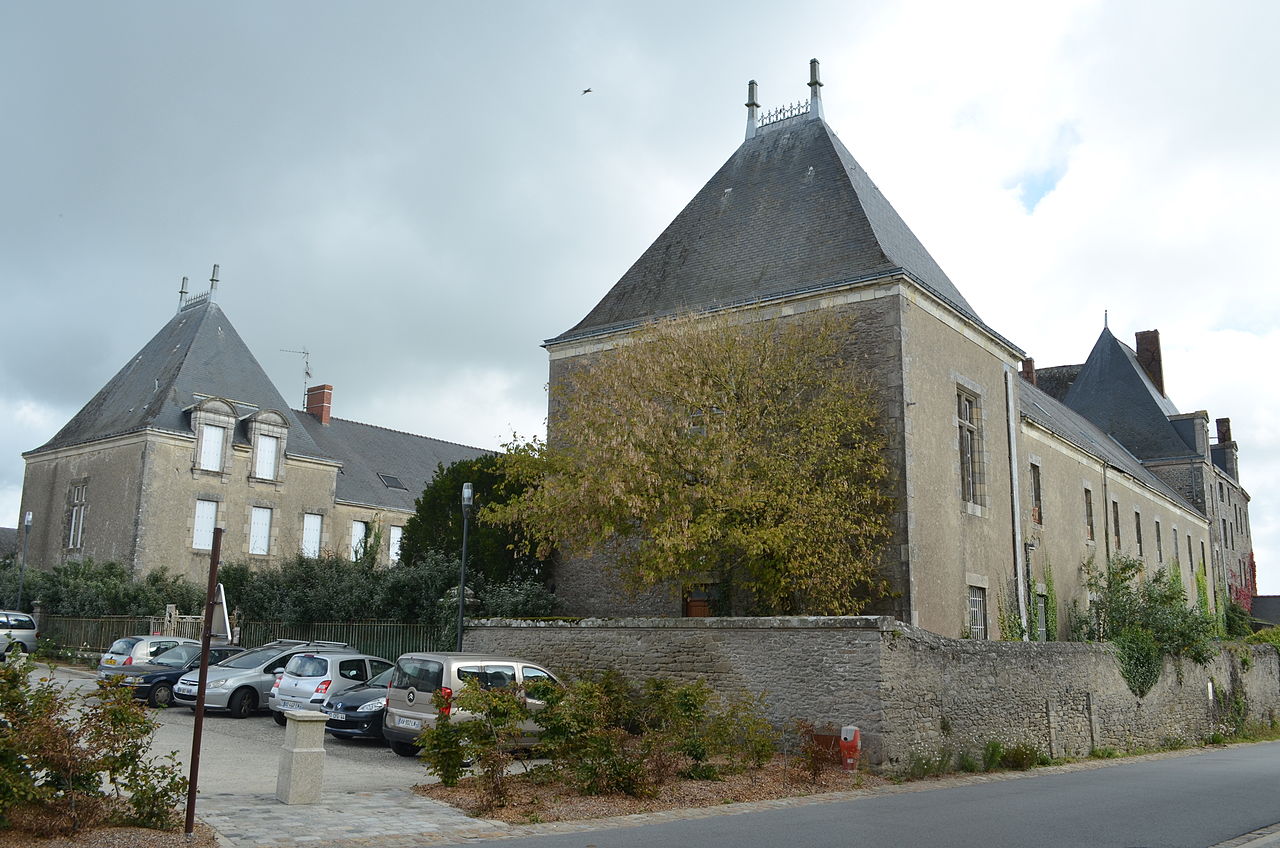Nestled in the charming French town of Guérande, Loire-Atlantique, a centuries-old former Ursuline convent has embarked on yet another chapter of its storied existence: a transformation into residential apartments.
With its exposed granite rubble walls, this architectural gem has borne witness to a series of transformations that have shaped its identity over time. From housing the Ursulines since its establishment in 1646, to weathering the tumultuous periods of the French Revolution and World War I, the convent has evolved alongside history itself.
However, the latest reincarnation of this historic site is perhaps its most meticulous and profound restoration yet. Spearheaded by the François Ier Group, renowned for its expertise in preserving exceptional edifices, the renovation project aimed not to reshape history but to magnify its inherent essence. The residential apartments, which are available starting in October, range from T1 to T4 spaces with surface areas between 26 and 100 m².
Meticulous work
With its U-shaped layout, rectangular cloister, and verdant gardens, the building's intrinsic layout remains intact despite its multifaceted journey through time. Respecting this structural integrity, the restoration process unfolded as an elaborate craftsmanship exercise.
Painstakingly, ashlar facades have been meticulously refurbished, while lime-coated rubble surfaces were skillfully revived. Christophe Barillé, President of the François Ier Group, told Le Figaro that the intricate task of meticulously replacing damaged stones with new tufa stone cornices was a task that required both precision and patience.
As testament to the project's commitment to authenticity, original wooden frames have been adorned with new wooden dormers. These delicate installations have been meticulously executed, aligned with the blueprint sanctioned by the Architect of the Buildings of France. Even the slate roofing has undergone a metamorphosis, as a new slate cover has replaced the aged one, adorned with additional dormers that has breathed new life into the structure.

The Ursuline Convent chapel. Credit: Selbymay, CC BY-SA 3.0 <https://creativecommons.org/licenses/by-sa/3.0>, via Wikimedia Commons
The restoration journey spanned 30 months, an endeavour that touched every facet of the building. The overarching objective remained resolute: to conserve and elevate the remarkable architectural features that define the convent's charm. Ornate cornices, intricate mouldings, resplendent French ceilings and the original internal staircases have all been lovingly restored to their former glory, signifying a triumph of historical preservation.
A close call
Yet, this renaissance almost faced an untimely demise. Patrimoine en presqu'île, an association dedicated to heritage preservation, initially voiced concerns over the convent's transition into private hands. They initiated legal proceedings, contending that the sale to the François Ier Group for €2.5 million undervalued the monument's historical significance. Despite this initial conflict, the project persevered, ultimately leading to the revitalisation that stands as a testament to the power of historic restoration.
Related News
- 17th century Flemish castle up for sale
- Brussels wants to revive medieval Porte de Hal tower with new café or hotel
As the sun sets over Guérande and bathes the rejuvenated convent in its warm embrace, one cannot help but reflect on the unbreakable thread that weaves this architectural marvel into the fabric of time. With its new identity as a residential dwelling, the building continues to honour its past while embracing a future that holds promise and potential. In this journey, the past and present coalesce, culminating in a testament to the harmonious coexistence of history and modernity.

